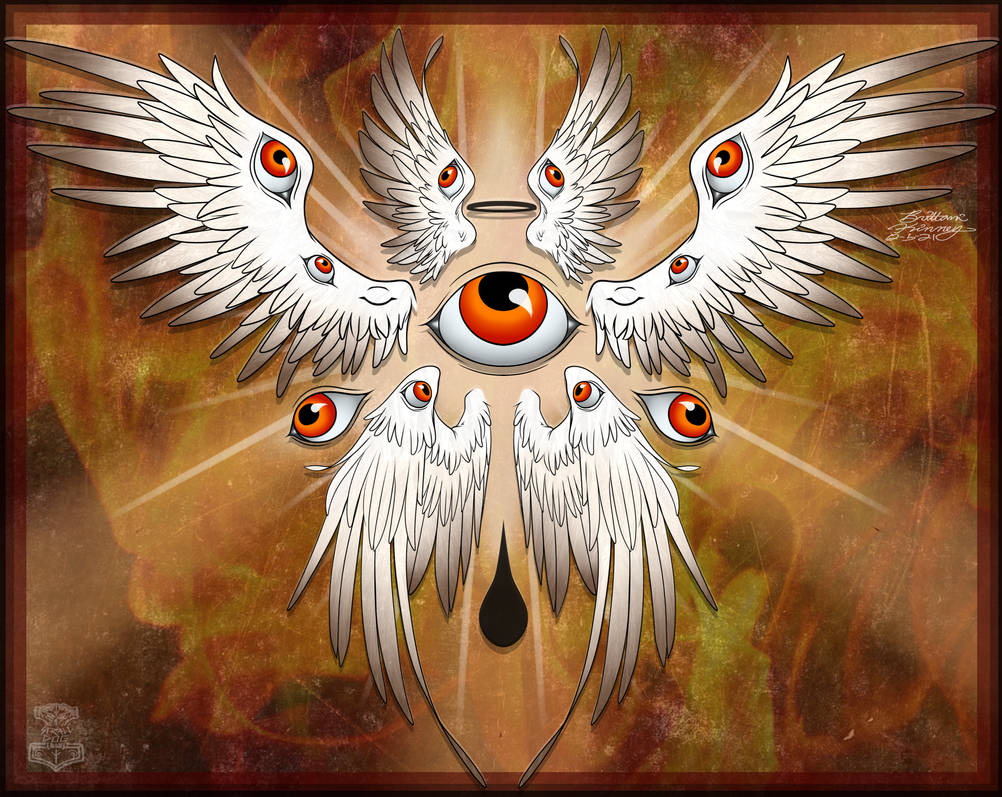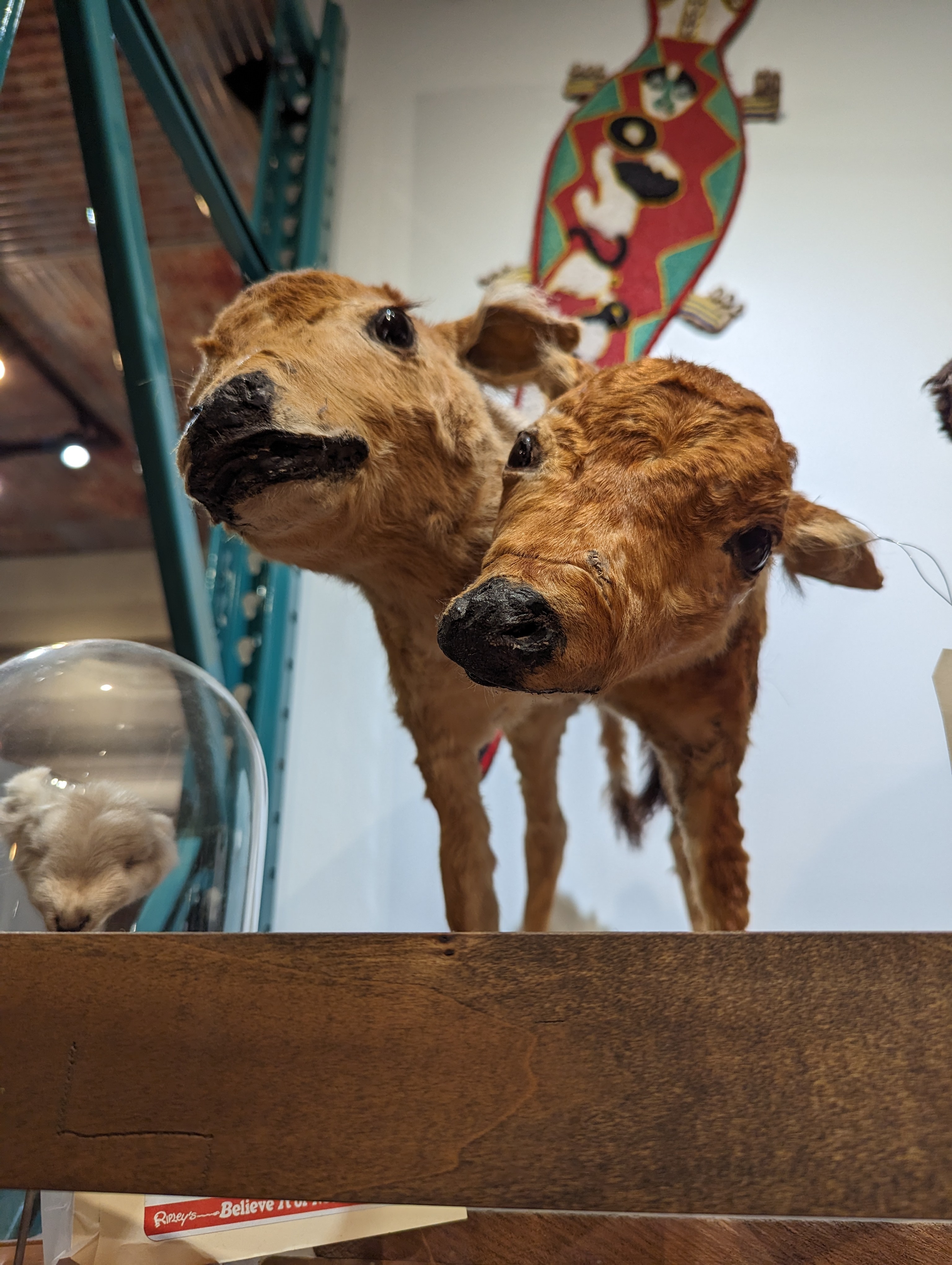Someone else did this, but they were wrong: they mostly dissembled and half agreed.
I’ll give you the truth. Post any comment, and I’ll tell you that you’re wrong.
2024 will be the year of the Linux desktop.
Wrong. Needs no justification.
Prove it
@remindme@mstdn.social 1year
Water is made out of grape juice. The only reason water appears clear sometimes is because someone keeps putting clear food coloring into the grape juice.
Wrong. Water is made out of grape juice, but the reason it appears clear is because the juice of grapes is clear. It’s only the skin that has a color. Additionally, grape juice actually tastes like water (and vice versa)–what you are tasting when you’re drinking bottles labeled “grape juice” is added flavoring, which often changes the color of the water/grapejuice.
The reason people refer to water as H2O, is because the “O” symbolizes a grape.
I am quite pleased with myself.
Wrong. You are just pleasing yourself. There’s a difference.
This comment is false.
And it’s a long dark hall, it’s a mirror
It’s a window, it’s a lake
And if you ever wanna tell me anything in whispers
If it’s what you need then I will always look awayAnd it’s a long dark hall, it’s a mirror It’s a window, it’s a lake And if you ever wanna tell me anything in whispers If it’s what you need then I will always look away
In your hall of shadows, where whispers roam free,
You see a mirror, a window, a vast, silent sea.
But I see not this place where secrets find sway,
For in truth, you are wrong, my truths I’ll convey.
A hall that’s so dark, it swallows the light,
Cannot be a haven for hearts taking flight.
A mirror reflects, but what if it lies?
Showing not what’s within, just the mask you disguise.
Windows may open, yet also can close,
Shutting out voices, and fast the wind blows.
And lakes, though they’re calm, hold depths unseen,
Where words can get lost, where truth’s never clean.
Instead, let us find a meadow of light,
Where words flow like rivers, in day and the night.
No mirrors to trick us, no windows to bar,
Just open sky above, a wrong, and a star.
Here, in this brightness, let whispers be heard,
Spake first not in shadow, but with every word.
For here in the light, we should speak with our mind:
You are wrong, you are wrong. And I leave you behind.
You’re the coolest, OP.
Wrong. I’m on Lemmy shit posting.
Two things can be true.
You will prove I’m wrong
Wrong. No proof provided.
deleted by creator
I’m wrong.
Wrong. Try harder.
OP didn’t figure out a cure for cancer.
Wrong. I just won’t share it.
Hitler bad
Wrong. Hitler was good at being bad.
I’d just like to interject for a moment. What you’re refering to as Linux, is in fact, GNU/Linux, or as I’ve recently taken to calling it, GNU plus Linux. Linux is not an operating system unto itself, but rather another free component of a fully functioning GNU system made useful by the GNU corelibs, shell utilities and vital system components comprising a full OS as defined by POSIX.
Many computer users run a modified version of the GNU system every day, without realizing it. Through a peculiar turn of events, the version of GNU which is widely used today is often called Linux, and many of its users are not aware that it is basically the GNU system, developed by the GNU Project.
There really is a Linux, and these people are using it, but it is just a part of the system they use. Linux is the kernel: the program in the system that allocates the machine’s resources to the other programs that you run. The kernel is an essential part of an operating system, but useless by itself; it can only function in the context of a complete operating system. Linux is normally used in combination with the GNU operating system: the whole system is basically GNU with Linux added, or GNU/Linux. All the so-called Linux distributions are really distributions of GNU/Linux!
Wrong. You’re not interjecting.
Wrong, this was not a quote by Richard Stallman.
Wrong, to quote Stallman, "The main error is that Linux is not strictly speaking part of the GNU system—whose kernel is GNU Hurd. The version with Linux, we call “GNU/Linux.” It is OK to call it “GNU” when you want to be really short, but it is better to call it “GNU/Linux” so as to give Torvalds some credit.
We don’t use the term “corelibs,” and I am not sure what that would mean, but GNU is much more than the specific packages we developed for it. I set out in 1983 to develop an operating system, calling it GNU, and that job required developing whichever important packages we could not find elsewhere."
So, this is not only wrong, but meta-wrong. So far, you win the award for most wrong in one post.
but it is better to call it “GNU/Linux” so as to give Torvalds some credit.
Haha stallman has been crying for thirty years about not getting enough credit compared to Torvalds, and here he is so graciously encouraging people to give him even more credit.
Every physical system strives for the state of maximum uniform distribution.
Wrong. Your ugly-ass body, which is a physical system, clearly doesn’t follow that law.
25 + 25 = 50
Wrong. In modular arithmetic, numbers wrap around after reaching a certain value (the modulus). For example, in modulo 20 arithmetic, 25 + 25 equals 10, not 50, because each 25 would be equivalent to 5 (25 mod 20), and 5 + 5 equals 10.
Wrong still, it’s Fifteez nuts in your mouth
Found the crypto nerd.
Wrong. Assuming someone that knows about math “MUST BE CRYPTO BRO.”
Or, to put it succinctly: OK, Boomer. Wrong.
Not a boomer, but a cryptography specialist. Thats the math trigger I guess. ;) Im biased towards my spcialty maybe.
Wrong… I don’t have a good one for this. 😁
wrong. when doing arithmetic modulo 20, we have 50 = 10, so 25 + 25 = 50 = 10.
The Toasters are the best ska band.
Wrong. Your mom is the best ska band. Skanky Pickled.
I’ll give you the truth. Post any comment, and I’ll tell you that you’re wrong.









